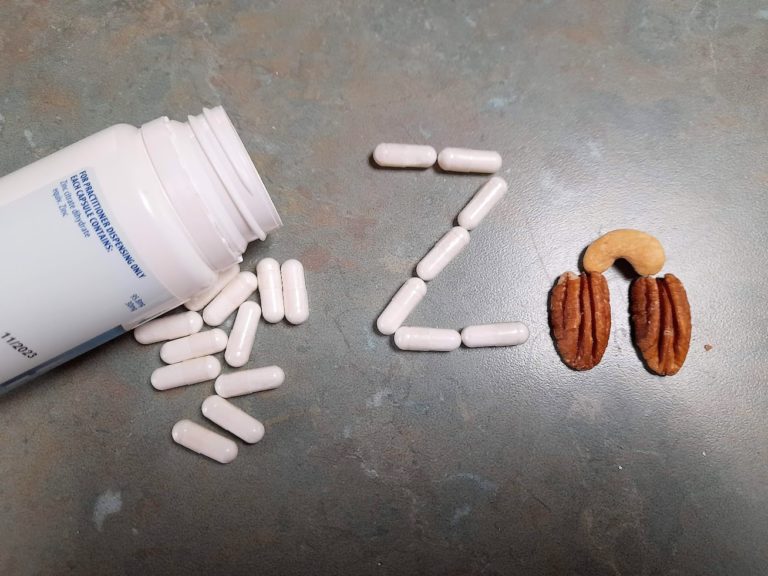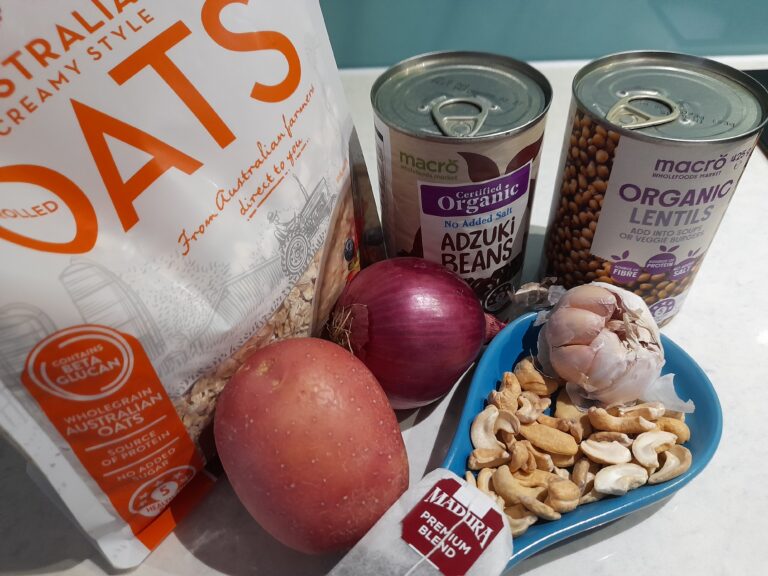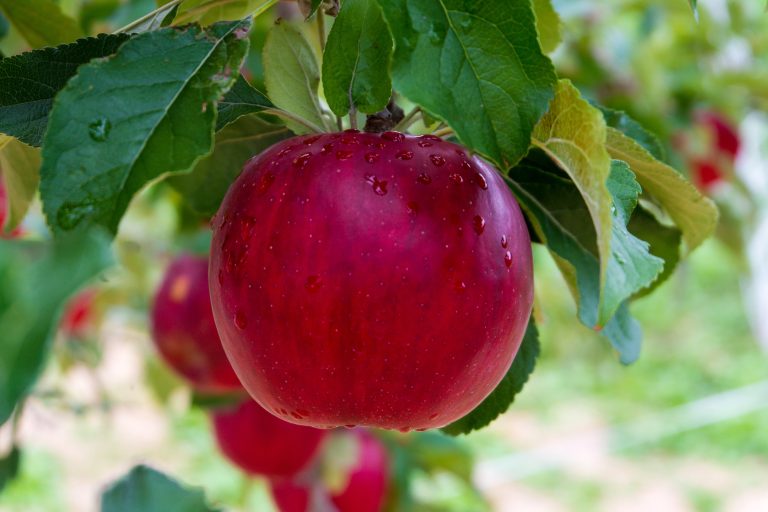Manage your migraine and headache pain with fewer painkillers
Natural and complementary therapies can be useful alternatives for both treating pain and for preventing migraine, tension-type headaches and headache pain.
Headache disorders are common – nearly 2/3rds of adults are affected by repeated patterns of tension-type headaches. 2% of adults are victims of chronic migraine.
Migraines severely disrupt the lives of sufferers and are estimated to affect 1 billion people worldwide – they are the leading cause of disability for neurological disorders.
Supporting migraine sufferers with pain relief and preventive therapies is important, and there are treatments which can make a difference for sufferers, while reducing their need for more harmful NSAIDs (non steroidal anti-inflammatory drugs).
Coenzyme Q10
Coenzyme Q10 is an antioxidant that your body produces naturally. However, as you age, levels of Coenzyme Q10 can drop. It is involved in the electron transport chain and in energy metabolism. That makes it an essential chemical for supporting mitochondrial function – which is suspected to be part of the development of migraine pain.
Coenzyme Q10’s anti-inflammatory and antioxidant capacities are beneficial for migraine and headache sufferers and it has been shown to offer some protection against the development of headaches.
One study found that supplementing between 150-300 mg/day of coenzyme Q10 reduced migraine frequency for 50% of participants over a 3 month trial. They observed some potential adverse effects using coenzyme Q10 for migraine treatment – but none which were of clinical concern.
The form of CoQ10 is important too. Best is the Ubiquinol type made from fermentation of specific yeasts. Check with your Health Practitioner before self supplementing so you get the best bang for your buck. CoQ10 need careful handling during the production process to maintain its integrity.
Riboflavin (vitamin B2)
Riboflavin has been found to be associated with a reduction in both the severity and intensity of migraine pain. Pain reduction was such that it reduced the need for acute pain medication – as shown by a study on paediatric migraine sufferers aged 6-18 years. In this study, 61.9% of participants achieved 50% or greater reduction in headache frequency.
Riboflavin is a another supporter of mitochondrial function – the mechanism of action for migraine treatment and prevention. (For those interested in the biochemistry – riboflavin is a precursor for the flavin mononucleotide and flavin adenine dinucleotide molecules required for the oxidation-reduction reaction in the electron transport chain).
Riboflavin has a half-life of 1-2 hours and an absorption saturation occurring at 30-50 mg. So taking it twice daily is recommended.
An adult study administering 400 mg/day of riboflavin demonstrated a 56% reduction in migraines compared to a placebo after 4 months of treatment.
Like with all medications – pharmaceutical or naturopathic – there can be side effects, so be alert and work in consultation with an expert practitioner. Diarrhoea or increased urination have been reported in some cases from the use of riboflavin. High doses of any B vitamins should be accompanied by a complex of B vitamins to maintain a balance in the body.
Palmitoylethanolamide (PEA)
Palmitoylethanolamide (PEA) is well-known for its ability to reduce pain and has been studied for its efficacy in migraine pain. Migraine with aura patients reported a reduction of migraine associated pain in a study while taking 1200 mg/day of PEA in combination with pharmaceutical NSAIDs.
PEA is safe with all medications which is a great plus as so many people take a variety of meds.
Magnesium
Many migraine sufferers have been identified as magnesium deficient, so supplements can be an effective treatment.
Magnesium supports migraine prevention through:
- Its involvement in vascular tone (the health of your veins)
- It’s action in neurotransmitter release
- Its function in calcium channel function
- Reduced neuroinflammation via N-methyl-D-aspartate (NMDA)-glutamate receptor, nitric oxide synthesis and serotonin receptor blockades.
Adverse effects of magnesium use for migraine prevention included diarrhoea and gastric irritation. Different forms of Magnesium can have better outcomes. To be effective for headaches/migraine, the dose of Magnesium needs to be considered carefully.
Vitamin D
Low vitamin D levels in blood have been identified in migraine sufferers, and supplementation of Vitamin D has been found to reduce headache frequency, however, the mechanism behind this finding is still unclear.
L-arginine
L-arginine is an amino acid and a known precursor to nitric oxide, which a enables blood vessel dilatation. L-arginine may support reduction of migraine, and doses of 3-8 g/day are considered safe for human use.
Aged garlic extract (Allium sativum)
Aged garlic extract inhibits the inflammation of capillaries and has a high antioxidant capacity operating as a vasodilator. While there are currently no studies on the use of aged garlic in humans for the treatment of migraine, this is an area to watch due to its vasodilatory capacity.
While there are several nutritional and herbal supplements that may support patients with migraine pain, it is important to monitor patients and refer as required.
Are you tired of pain killers, pain killers and more pain killers?
There is an increasing body of evidence that a wide range of homeopathic and naturopathic treatments can reduce the severity and frequency of migraine and tension-type headaches.
There are alternatives – so it’s important to find the ones that work best for your body and your life – and in conjunction with any other health issues you have.
Get in touch with an expert in Naturopathic Medicine if you suffer from migraines – and have a discussion about complementary medications such as the ones mentioned above.
References
Below are the studies relevant to this article:
Grazzi L, Toppo C, D’Amico D, Leonardi M, Martelletti P, Raggi A et al. Non-Pharmacological Approaches to Headaches: Non-Invasive Neuromodulation, Nutraceuticals, and Behavioral Approaches. International Journal of Environmental Research and Public Health. 2021;18(4):1503.
Grech O, Mollan S, Wakerley B, Fulton D, Lavery G, Sinclair A. The Role of Metabolism in Migraine Pathophysiology and Susceptibility. Life. 2021;11(5):415.
Das R, Qubty W. Retrospective Observational Study on Riboflavin Prophylaxis in Child and Adolescent Migraine. Pediatric Neurology. 2021;114:5-8.
Rajapakse T, Pringsheim T. Nutraceuticals in Migraine: A Summary of Existing Guidelines for Use. Headache: The Journal of Head and Face Pain. 2016;56(4):808-816.
Chaliha D, Vaccarezza M, Takechi R, Lam V, Visser E, Drummond P et al. A Paradoxical Vasodilatory Nutraceutical Intervention for Prevention and Attenuation of Migraine—A Hypothetical Review. Nutrients. 2020;12(8):2487.
D’Onofrio F, Raimo S, Spitaleri D, Casucci G, Bussone G. Usefulness of nutraceuticals in migraine prophylaxis. Neurological Sciences. 2017;38(S1):117-120.







